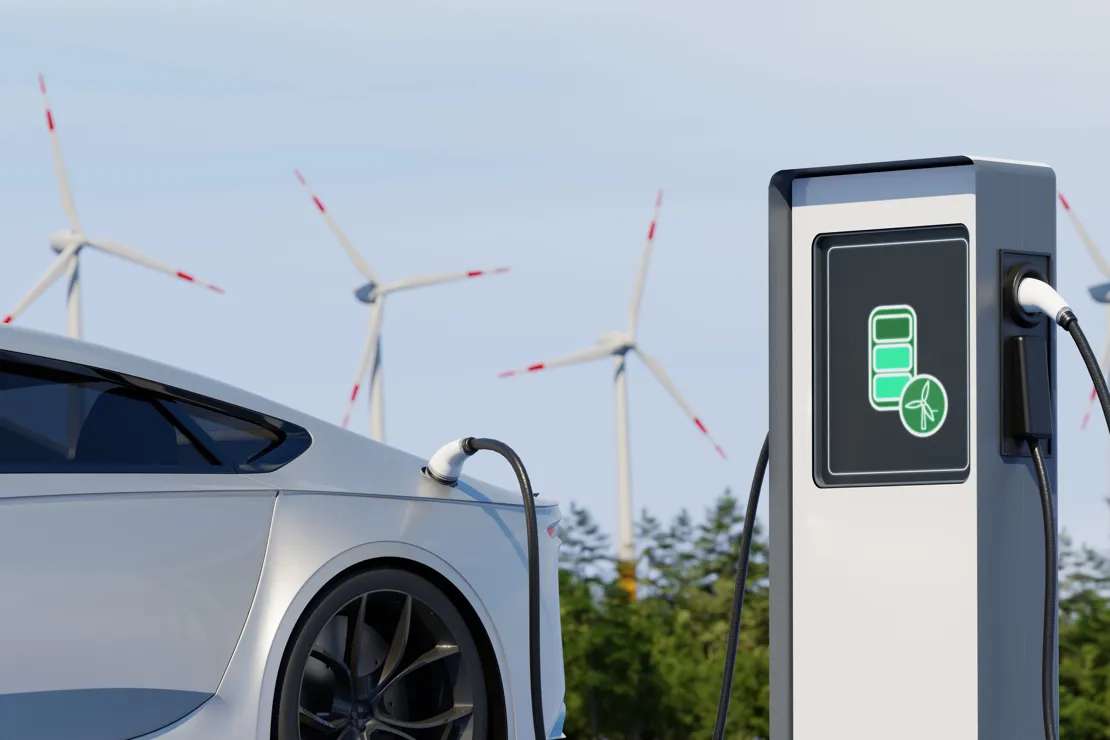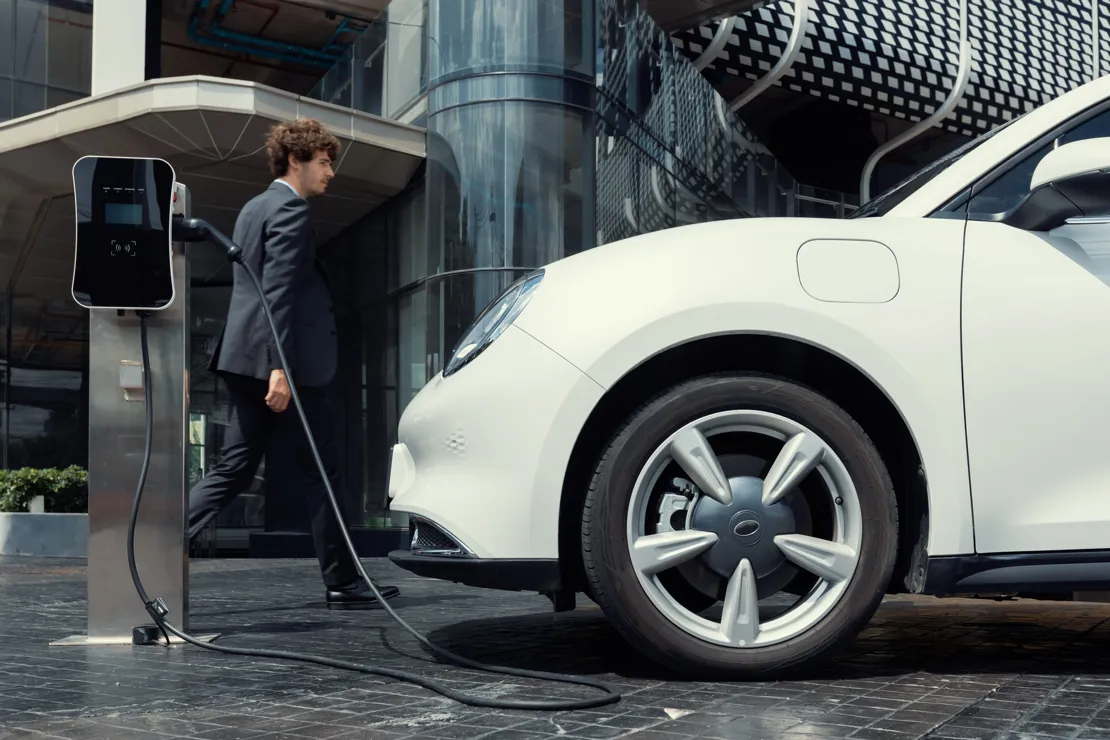Are You Battery Health Conscious?
Tuesday 11th July 2023

The in-car battery is arguably the most important part of an EV. Acting as an energy storage system, it provides on-demand power without a permanent connection to the grid. This not only supports our mobility needs but also the switch to renewable sources which, despite being better for the environment, can also be more variable in terms of the amount of energy produced.
In line with this, innovative microgrid solutions are being developed that include the ability to use the energy stored in EV batteries to not only power the host vehicle but also to feed back into our homes and offices. Energy which is still surplus to requirements can be sold back to the national grid.
Of more immediate concern, is the need to ensure that our in-car batteries are kept in optimal condition so as to maximise lifespan, efficiency, and range capabilities. In other words, it is increasingly important that we become battery health conscious.

How long should an EV battery last?
In addition to usage and charging patterns, the lifespan of an EV battery depends on the chemical composition and materials used. As a result, EV batteries can have different characteristics, such as energy storage capabilities, power output, life cycle, and cost.
The standard warranties offered by EV manufacturers provide a strong indication of their minimum lifespan. As you would expect, this varies between manufacturers but, in general, this tends to be between eight and ten years, or 100,000 to 150,000 miles.

What factors impact real-world battery health?
EV batteries can be affected by a range of factors, some of which are easier to control than others. Whilst it’s true that both battery technology and in-car management systems continue to improve, understanding the impact of environmental factors and driver behaviour helps protect the real-world efficiency of each EV.

Temperature
The optimum temperature for lithium-ion batteries falls between 15 – 45°C and most cars have an inbuilt thermal management system (ITMS) that, amongst other things, regulates the temperature of the battery so as to ensure it operates safely and efficiently. For example, each time a battery is charged, it creates heat, and if the temperature gets too high, the ITMS can release coolant to lower the temperature and avoid any damage.
In reality, coolant is gradually released to prevent the battery from getting too hot in the first place and, if the coolant is struggling to regulate the temperature, most cars will reduce the charging speed to balance things out.
On the flip side, if the battery gets too cold — which often happens during winter — the chemical reaction needed to generate electricity slows down, which in turn reduces the driving range by 10-15%. The ITMS can help offset this by warming the battery up again. However, if it were to do this too quickly it could short-circuit the cells. As a result, some loss of range is inevitable.
What can drivers do?
To support the EV’s on-board temperature control systems, drivers can help mitigate the impact on battery health by:

Charging and discharging patterns
Whilst it is not always possible to avoid draining the battery to a very low level, frequently allowing it to fall below 20% and then rapidly charging it up again puts unnecessary strain on the battery and, if the pattern continues, could cause it to deteriorate more quickly.
There are many reasons for this but, in simple terms, deep discharging (below 20%) can result in an increase in chemical reactions that degrade the battery’s active materials, create an imbalance in the voltage of individual cells and, in some cases, result in the formation of metallic lithium deposits on the negative electrode.
Similarly, having allowed the battery to fall to a very low level of charge, you are more likely to need to recharge at the maximum rate in order to regain the needed power. Whilst there is some debate about the degree to which regular rapid charging affects battery health, taking the opportunity to charge at a slower rate, whenever it’s convenient to do so, can help to avoid any unnecessary decay.
What can drivers do?
Drivers can help protect their battery and optimise both the efficiency of charging and real-world range by:
-
Avoiding habitual daily charging (unless absolutely necessary)
-
Charging based on need, rather than convenience
-
Allowing the battery to fall to 20% before charging
-
Charging the battery to a maximum of 80% (unless more is needed for a long trip with fewer charging stops available)
-
If possible, use smart charging features to adjust the charging rate so as to only use rapid charging when required

Driving Style
Excessive acceleration and hard braking don’t just cause the battery to drain more quickly, they can also put additional strain on the battery and reduce its overall efficiency. In fact, adopting an aggressive, or excessively sporty, driving style over a long period of time can shorten the battery’s life.
What can drivers do?
-
Don’t use all of the power, all of the time.
-
Accelerate smoothly; gradually picking up speed
-
Avoid unnecessary sudden braking

Education and monitoring
For most EV drivers, their in-car battery is something of a mystery. They charge it up and take note of how quickly it drains but, in the main, that’s about it. Understanding the factors that put additional strain on the battery is the first step to prolonging its life.
For fleet managers, monitoring the health of each in-car battery enables vehicles with healthier, more efficient, batteries to be allocated to drivers with longer trips or higher-demand routes.
Regularly monitoring battery health also helps identify vehicles with a higher risk of battery failure and therefore enable a proactive, scheduled, replacement strategy that avoids unplanned vehicle off-road time.
Finally, monitoring the health of EV batteries and comparing the performance of different manufacturers and battery chemistries leads to more informed decisions about which batteries are most suited to the needs of individual drivers and your fleet as a whole.


